Krka National Park is located inland of the coastal town of Sibenik in Croatia. During the winter of
The park is named after the Krka river and covers an area of 142 square kilometres either side of the river as it flows from near the town of Knin towards the coast.
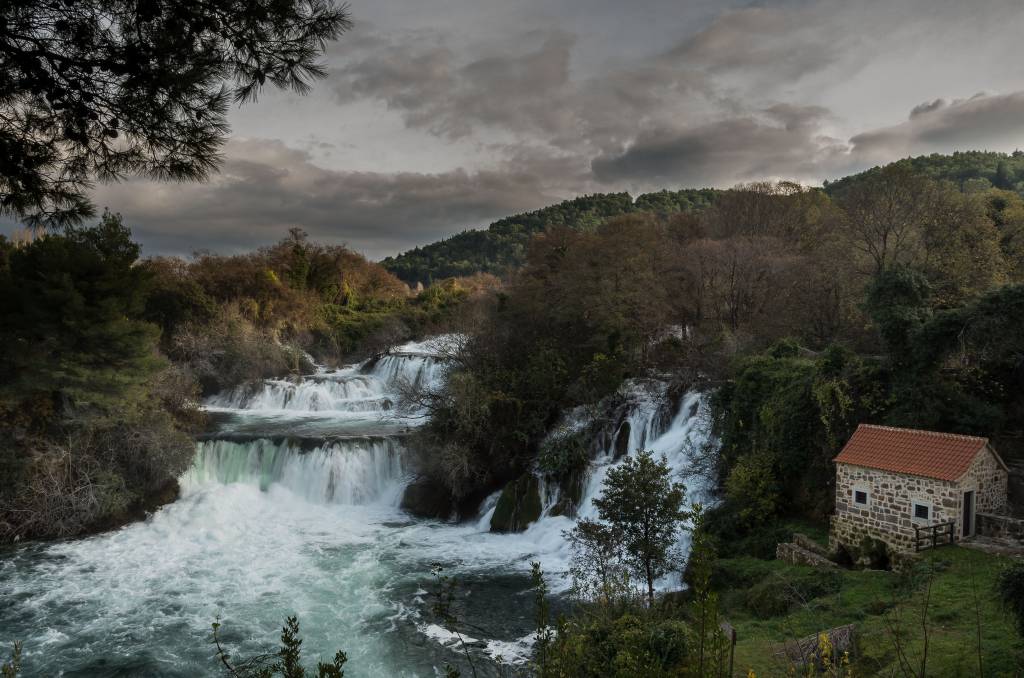
Krka village
Approaching the village, the river broadens out across an area of reeds and small islands before accelerating down to the Skradinski Buk waterfall. A channel, built to the south of the main river on the valley side, funnels some of the river water behind and through the village of Krka which is now known as the “Eco Village”.
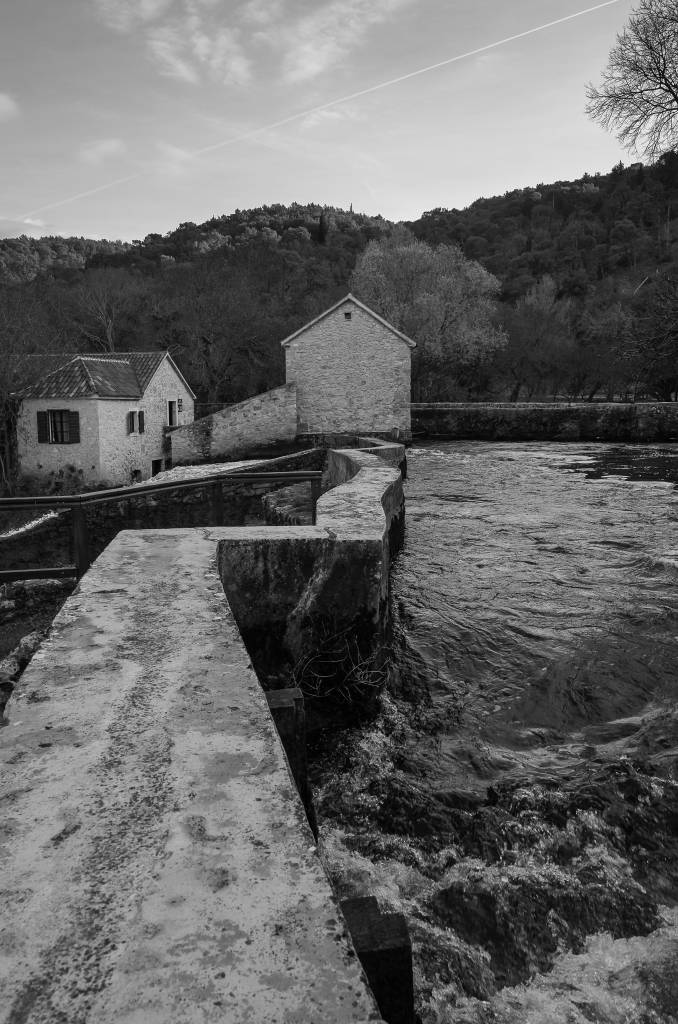
I was struck by the remarkably close integration between the village and river. And, since it was in winter after heavy rain when I visited, the water gushed through the village, just behind thick stone walls of the houses.
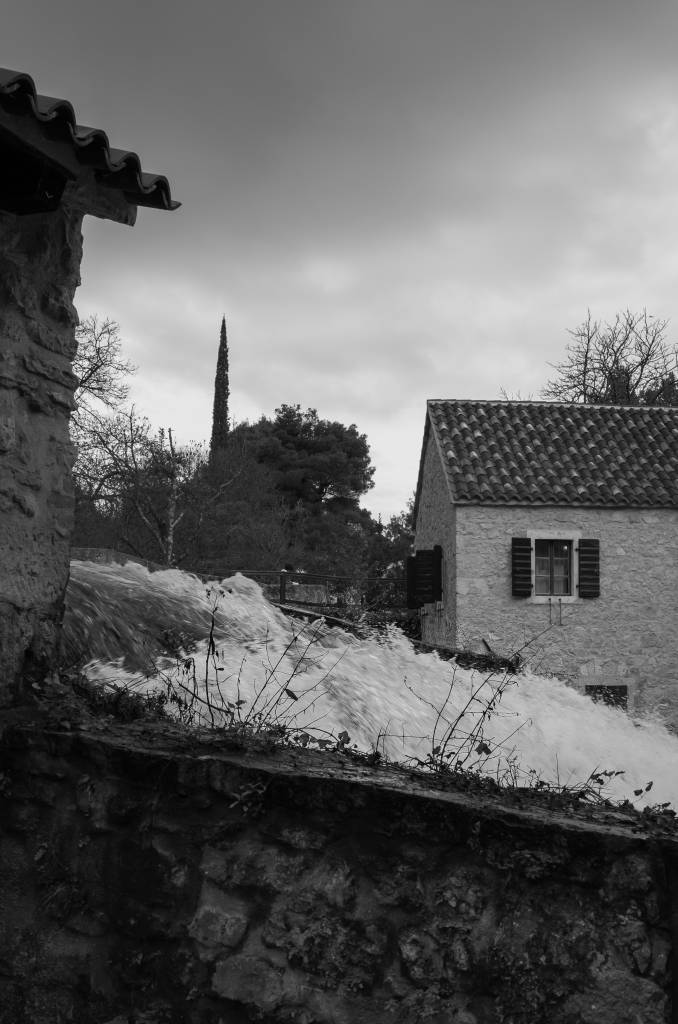
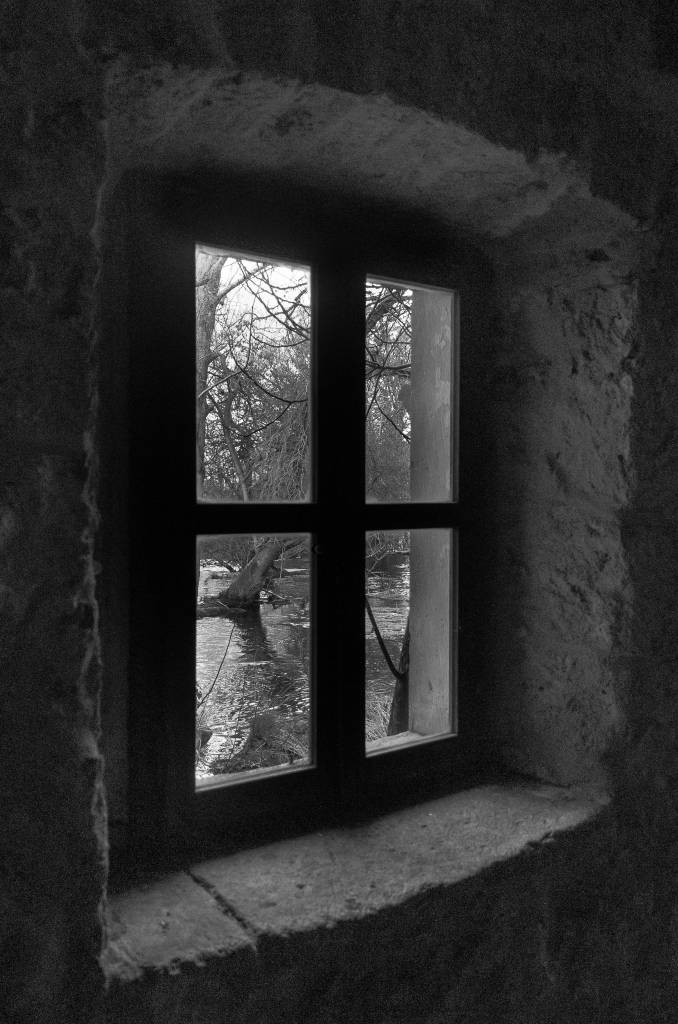
Smaller streams weaved their way around and between the houses before being channelled into flumes to rush onto the milling mechanisms designed to harness and utilise their energy.
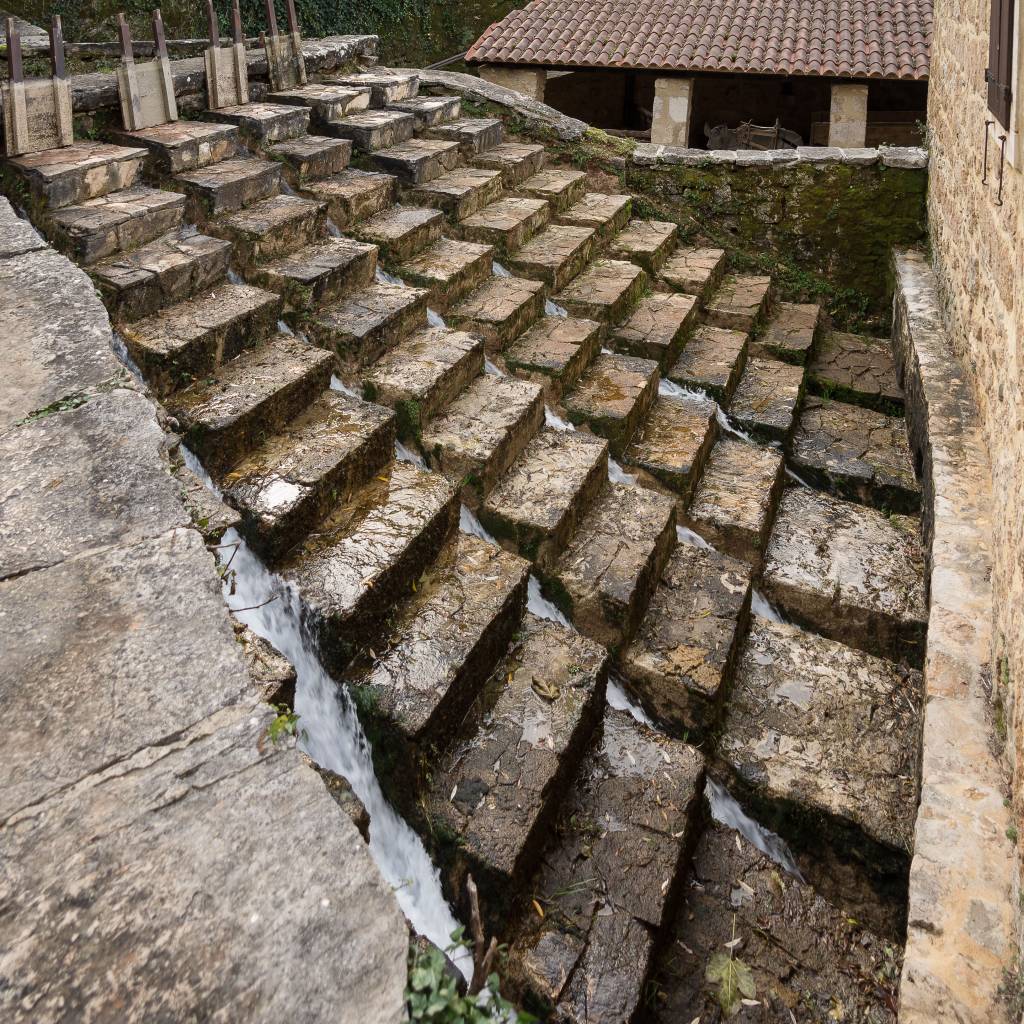
Harnessing the river
Krka village demonstrates the water-harnessing technologies that were used to mill grain, soften cloth with heavy wooden hammers and wash clothes. When I visited, many of the exhibitions were closed because of the season, but I was able to get a good sense of how life must have been lived when the village was fully working.
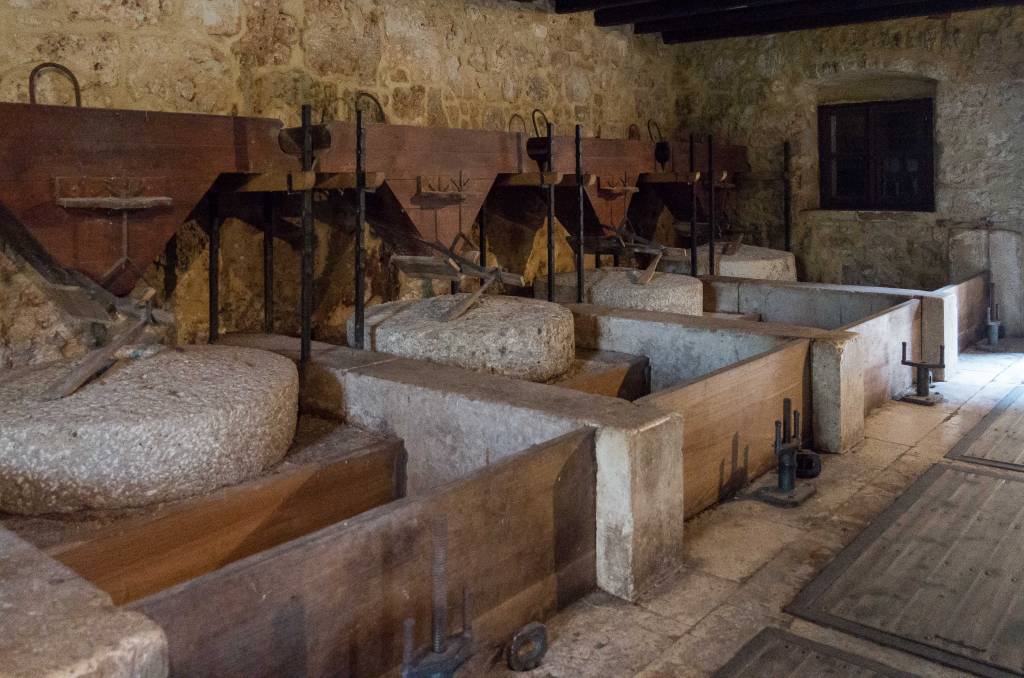
A boardwalk wound its way over islets across the slowly flowing river. That, and a series of small bridges, enabled me to cross to the northern bank of the river and to follow the river down past Skradinski Buk.
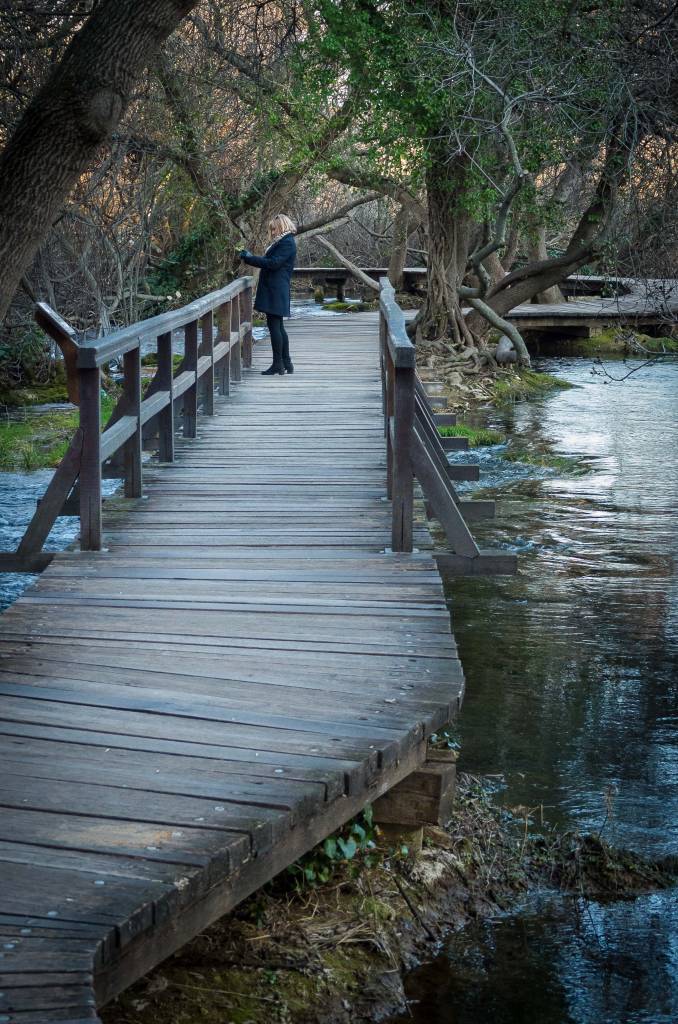
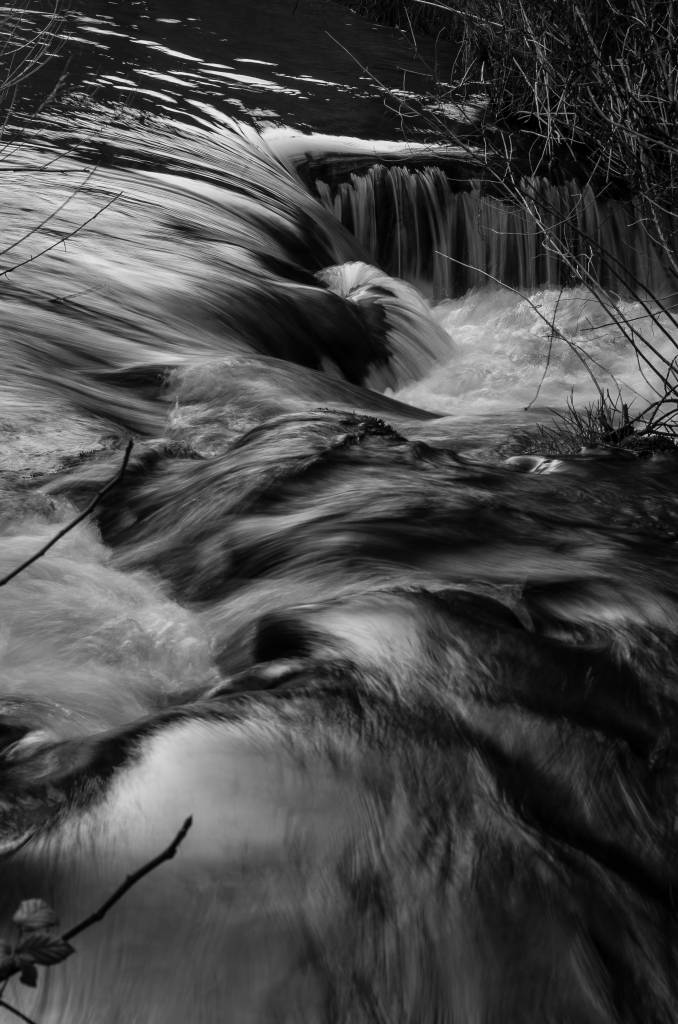

First AC Street Lighting
The waters of Skradinski Buk flow into the Jaruga power plant which is immediately downstream from the village. The original plant, construction of which began in 1894, provided the first alternating current (AC) power system in Croatia. Transmitted to Sibenik on the coast, it enabled the city to become the first in the world with street lights powered by an AC system. I found the old turbines exhibited beneath the village, near where the bridge meets the southern side of the river — all very photogenic. I liked the curves of the turbines, the way my eye moved around the old metalwork, and their colours.
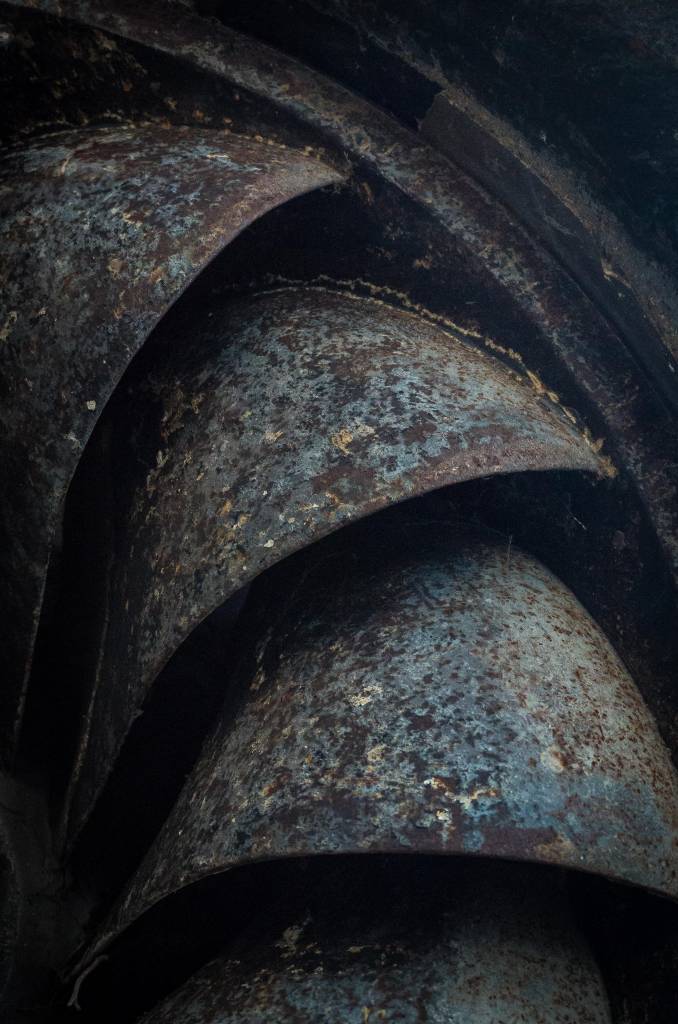
After walking back through the village to the car, I drove further inland through the park and found the island of Visovac in the late afternoon sunlight. During the winter months the ferry across to the island, noted for the Franciscan monastery with its famous library, was not operating. But on the
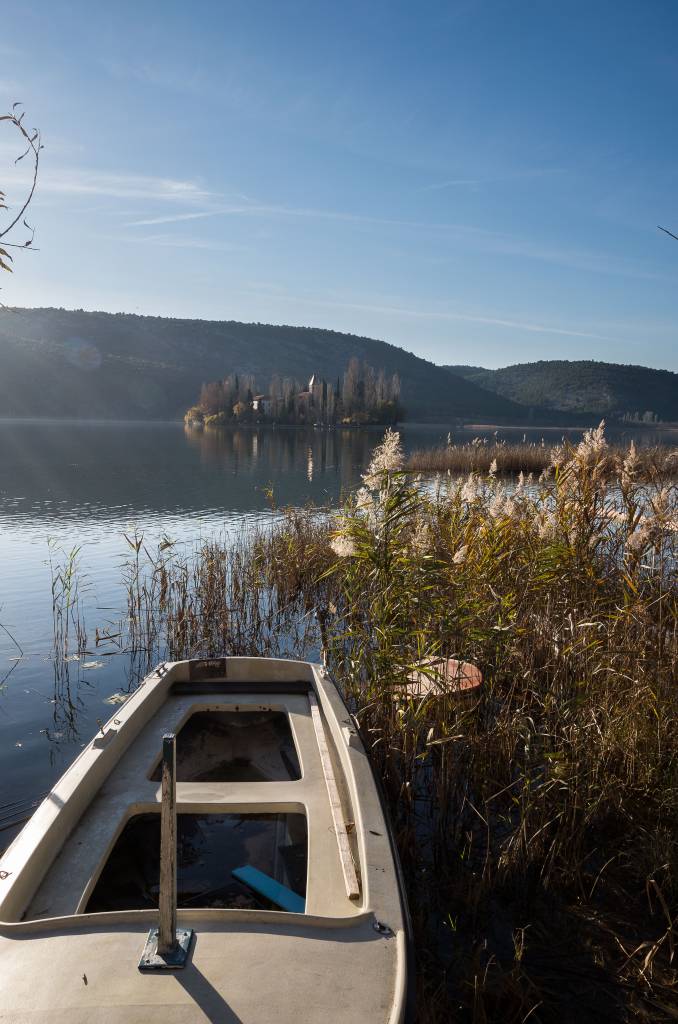

Hi Kevin,
I particularly love the two waterfall images from a high vintage point, they look very much like paintings! I have never been to Croatia, in fact I have only been to Eastern Europe once and it was to Romania in 2003. I definitely want to explore this region more in the future. I was considering the X-Vario to be my first Leica a few years ago but the lack of a viewfinder was a deal breaker for me. I ended up choosing the D-Lux 109 instead and it has served me well, especially as an everyday camera. After both my Nikon Df and D-Lux were stolen in 2017, I was in a crisis mode without a camera. Luckily, the CL was introduced in 2018 and with the Vario-Elmar TL 18-56mm lens, it’s like a X-Vario with a viewfinder. Of course there is also the ability to change lenses, including M-mount lenses via the M to L adapter. By the way, I think the old turbine image will look even better in B&W, it should really highlight the rusty textures and curvatures. Thank you for sharing both the location and your images with us!
Thanks Patrick, that’s a good point about the turbines in B&W, I’ll try it out.
I absolutely love the “Beside the Boardwalk” image of the flowing water and it is certainly the perfect shutter speed! A very interesting article and I would have guessed that the first use of AC power would be in the US but I remember there was fear of it due to lobbying by special interests. Nothing has changed! Thanks, for sharing.
B-but Brian; Tesla, who got AC power up and running, was – remember? – from Smiljan, Croatia.
He later took his expertise to the States, worked for Edison for a while, and then – backed by George Westinghouse, and opposed by Edison, who was offering Direct Current electricity – established AC power in the States using turbines installed at Niagara Falls. The long-distance transmission capability of AC power, as opposed to the very short distance transmission capability of DC power – meant that AC became the standard means of transmitting electrical power (..though Tesla wanted to do it wirelessly, but Westinghouse said that there’d be no means to meter, nor to charge, customers for wirelessly received electricity!)
Interesting background, thanks David. Regarding wireless transmission it interests me how ideas arrive in advance of the technical means of achieving them. Years ago back in 1978 the science historian and TV presenter James Burke made a series of programmes called Connections along those lines.
James Burke recently had a series of 15-minute programmes, along similar lines, on Radio 4. Perhaps you can find them on the R4 “iPlayer”.
Thanks David I’ll check it out.
Thanks Brian, its one of my favourites as well.
Thanks for your fascinating and instructive reply, Kevin. Points gratefully taken.
These are really beautiful shots, not least the B&W. I found myself wondering how much pp you do, since both the mono and the colour resemble what I get with OOC jpegs, which I regard as one of the great qualities of the XV. I also notice your preference for portrait orientation although these are mainly “landscape” images. Again, I should be interested to know any compositional thoughts you may have had.
Thanks John, the amount of pp I do depends on the shot. I’ve read that DNG files tend to come out flat but I find that those from the X Vario often don’t need much if any adjustment to the contrast which I suppose aligns with your comment about the OOC jpegs. I like to increase the brightness, sharpness and clarity of those elements that I want to emphasise such as leading lines. I’ve learnt a lot in this regard from David duChemin and his video series. Regarding the portrait orientation I think it’s a result of the subject and how I want my eye to move around the image. I have also been thinking that the blog layout, particularly when read on a phone or tablet, favours images in portrait mode although I wouldn’t prioritise that if it markedly affected the image and what I wanted to emphasise. There may be a psychological factor at play along the lines of the eyes scanning horizontally to see the context of an object and vertically to see the detail.
Lovely shots, Kevin. Great to see the ‘Slaps’ being put to good use. I found a lot more of my photos of the Slovenian waterfalls recently, but I seem to have them only as prints.
William
Thanks William, I would like to see your shots if you could digitise them. A future article perhaps?
Images truly Painterly.
A lovely look and feel to them.
Thanks Wayne, much appreciated.
Harnessing Mother Nature is always tricky, your photos do it justice. I like the pic of the window framing the river best. Thank you!
Thanks John, that situation pushed the limits of the camera and I found it best to convert it to B&W to avoid the noise which appeared when I boosted the shadows.
Thanks Kevin for sharing. You’re doing a great job with your x vario. I particularly the turbines and the flumes shots. There’s something about the geometry of the stone and iron that you captured very well. The slow speed shot of the waterfall in black and white is an excellent one as well. Enjoy your vario the X series are truly amazing cameras with amazing output.
Jean
Thanks Jean, the X series is a special breed. I have no regrets about buying the X1 or the Vario.
I love the images of the waterfalls, and the river. That lake and monastery look so tranquil, would be a worthy retreat for a break from the modern world, and to capture some nice images.
Excellent stuff.
Thanks David, if you go I think it’s worth avoiding the peak summer season as I understand the park can get very crowded.